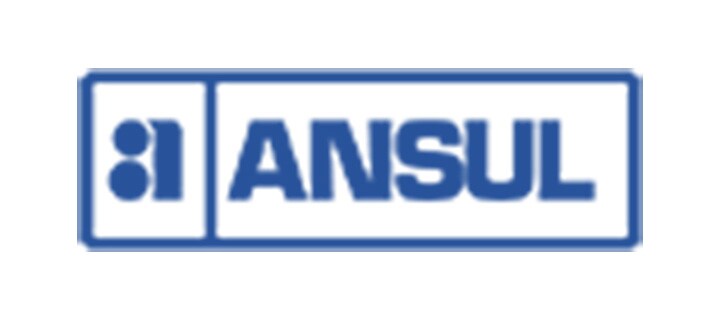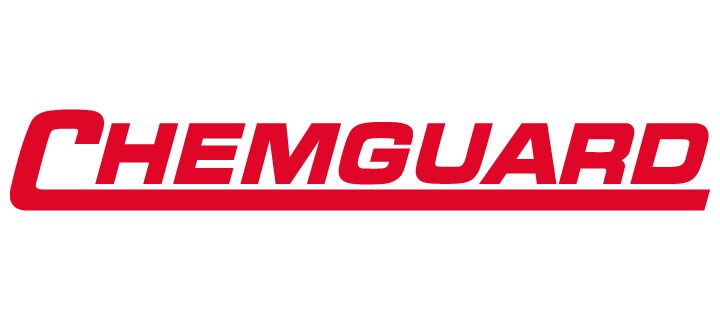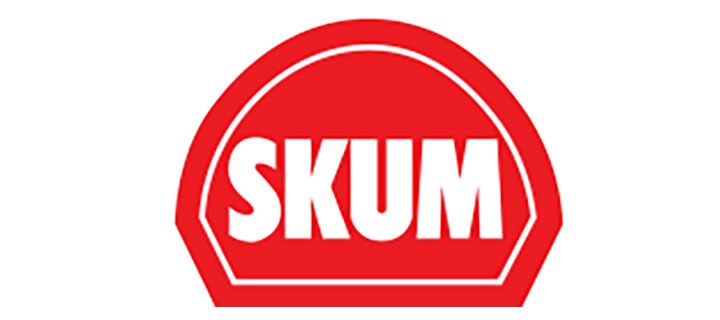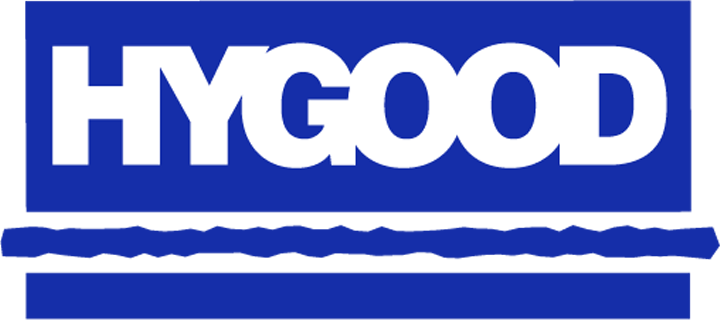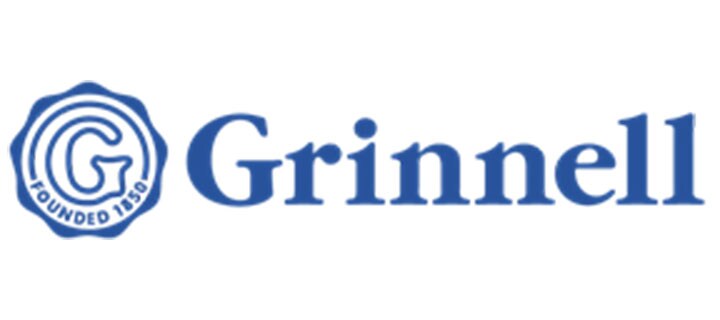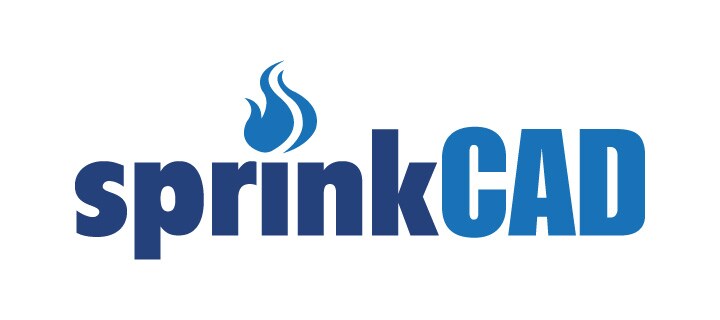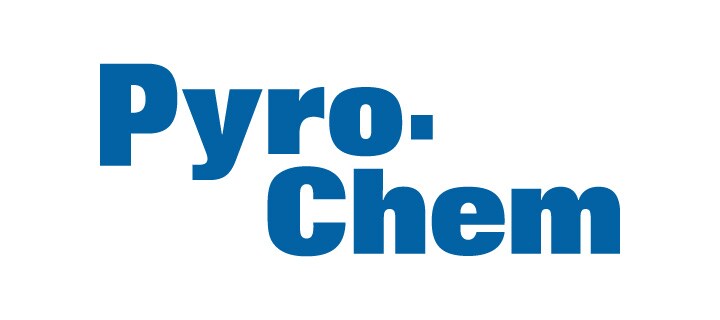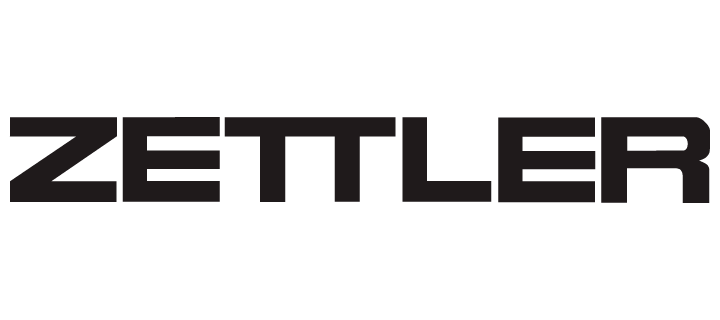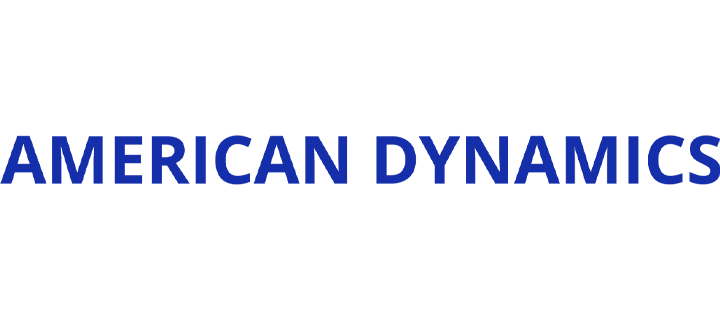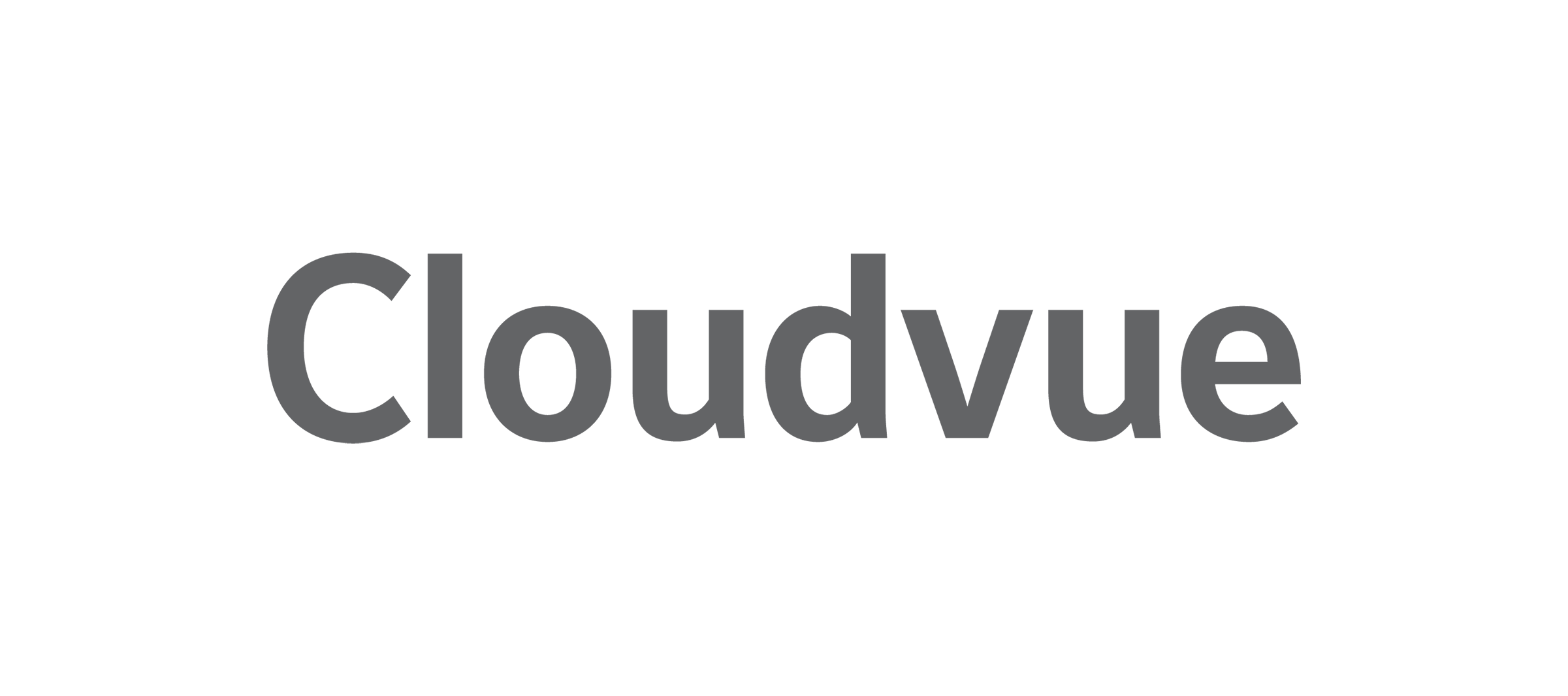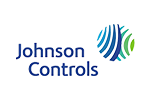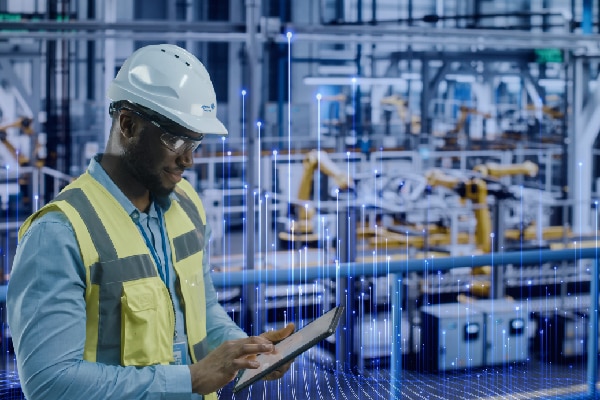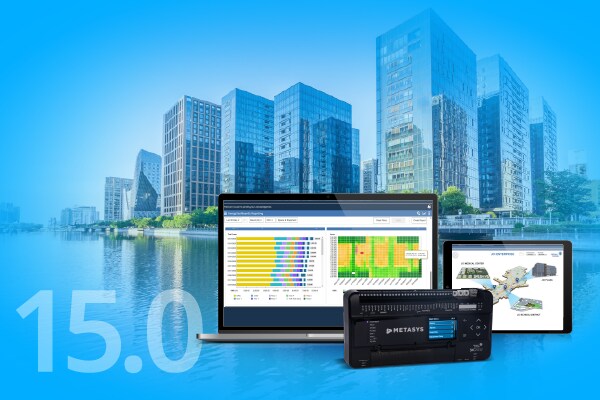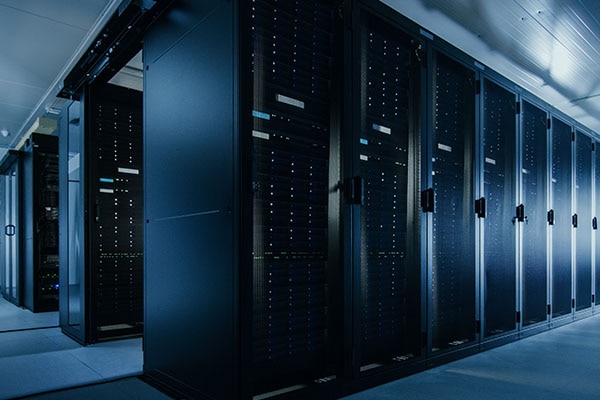OpenBlue Clean Air Solutions for Commercial Premises
A Breath Of Fresh Air
According to the National Centre For Atmospheric Science the average person spends 90% of their day indoors, it is therefore critical that the air people are breathing inside your commercial premises is clean and healthy.
Viruses, such as COVID-19 and other forms of flu, can spread much faster in poorly ventilated indoor spaces, which can lead to absenteeism. Clean air technology is essential when considering the health and wellbeing of inhabitants.
To avoid the spread of more common viruses, it is important that businesses have the correct measures in place, such as a clean air filtration system.
A Guide to Improving Your Indoor Air Quality
Did you know that a constant flow of clean air can improve productivity by as much as 11% states The World Green Building Council?
To realise these productivity gains and create a healthier space, we created Johnson Controls Clean Air Guide which outlines considerations for optimising the efficiency of your business’s indoor Air Filtration System. Below are our five tried and tested steps for creating an indoor air quality strategy:
- Ventilation: There is a direct correlation between occupancy, air quality and sustainability. Therefore, ventilation rates must be tailored to the number of people in a specific room or building.
Currently, CIBSE guidance states that fresh air should not fall below 10 litres per second per person. This minimum standard exists to ensure carbon dioxide levels are reduced, which helps to prevent drowsiness and headaches. It is crucial for controlling temperature levels within a building. However, even 10 litres per second is too low.
Achieving optimum levels of ventilation, while reducing energy use, relies on measuring and controlling occupancy and internal air quality (IAQ) through smart building technology, which in turn also reduces the risk of airborne viruses spreading.
- Filtration: Where ventilation helps to reduce CO2 levels, an air filtration system can help to eliminate viruses and particulate matter in the air; for example, to help hay fever sufferers as pollen counts increase year-on-year. There is no need for anyone to suffer – with the latest clean air technologies, your business can capture 99.97% of airborne pathogens before they enter the building’s atmosphere.
- Disinfection: When it comes to removing airborne viruses from the air, an Air Filtration System won’t do all the work. The air that comes in through the ventilation shafts must also be disinfected to ensure that it is clean and safe to breathe. One method of disinfecting air is through UV sanitisation technology; UV radiation has enough energy to break chemical bonds, whilst its ionising effects can kill most bacteria.
- Isolation: Primarily important for healthcare organisations as it’s recommended by national health agencies to place patients with suspected infection diagnoses in airborne isolation infection rooms. For wider businesses, this technology can also be implemented into spaces such as bathrooms, to contain odours and particles.
To set this up, organisations need technology which allows them to subtly control air pressure within the building. For example, for some healthcare patients (such as those who suffer from autoimmune diseases) airflow has to be positive to ensure air is constantly flowing out of the room to keep it fresh and clean of contaminants which could cause infection.
- Monitoring & Maintenance: A faulty or malfunctioning piece of equipment can be the difference between building occupants breathing clean air and breathing unhealthy air. By connecting Johnson Controls clean air technology and monitoring solutions, businesses can constantly analyse its performance to stay on top of maintenance, as well as making improvements to their clean air strategy.
Clean Air Solutions From Johnson Controls
A unique combination of research-based solutions, cost-effective implementation, and ongoing service and support to create safer, healthier facilities to suit your business needs.
Our consultative approach is grounded in HVAC expertise, research from our academic partners, and guidance from CDC, WHO and ASHRAE. We analyse your climate, current Air Filtration System, equipment, safety protocols and energy use, then help you determine the best way to increase clean air delivery rates in your building. Johnson Controls Air Filtration solutions include:
- Ventilation methods to increase outdoor air circulation
- Consultation on air change rates to mitigate aerosols
- Filtration options for increasing particle collection
- Optimal temperature and humidity settings to destabilise pathogen transmission
- Integrated digital HVAC, access control and video solutions
Our Experts can help you choose the right Air Filtration System for your business. To find out more, contact us using the form below.

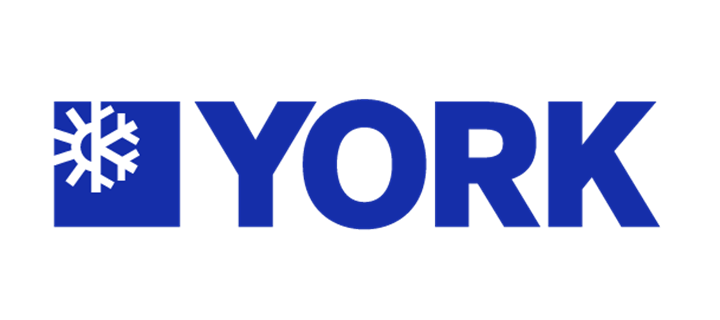

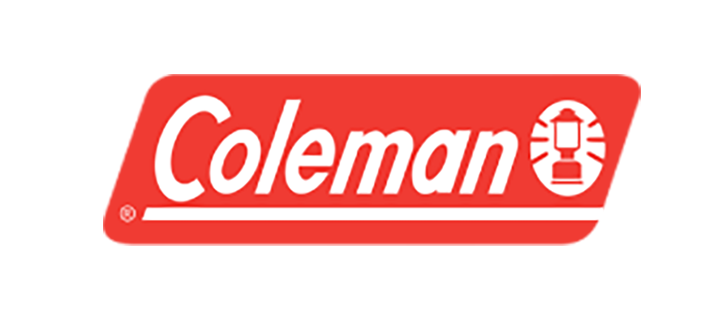

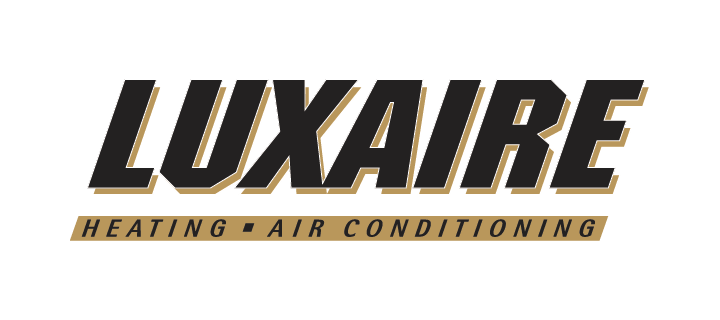
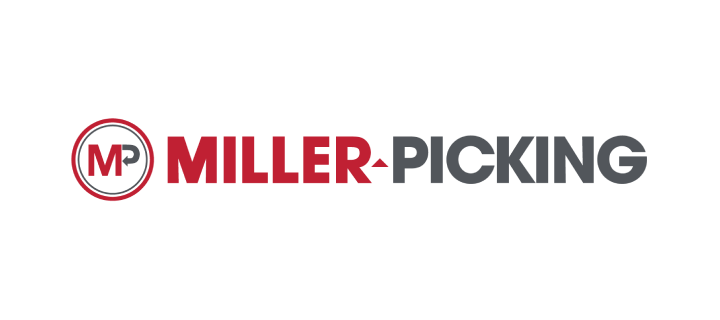
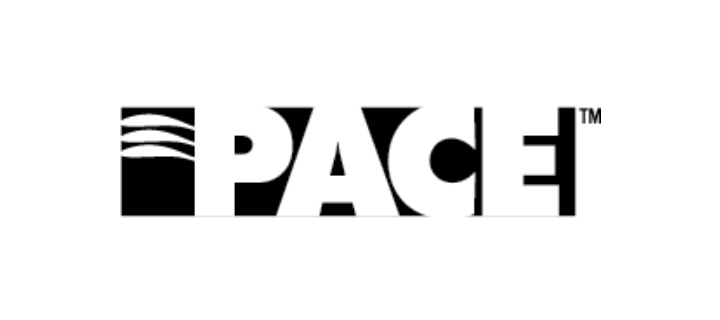

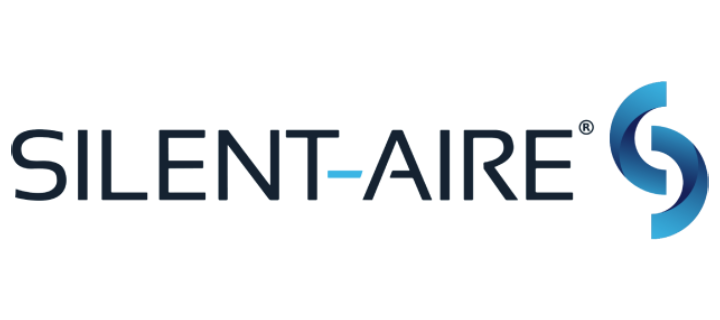
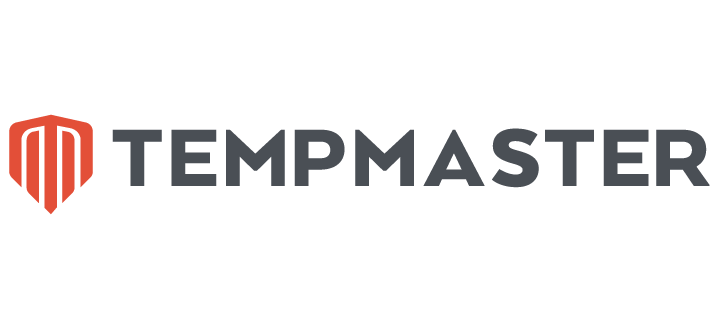

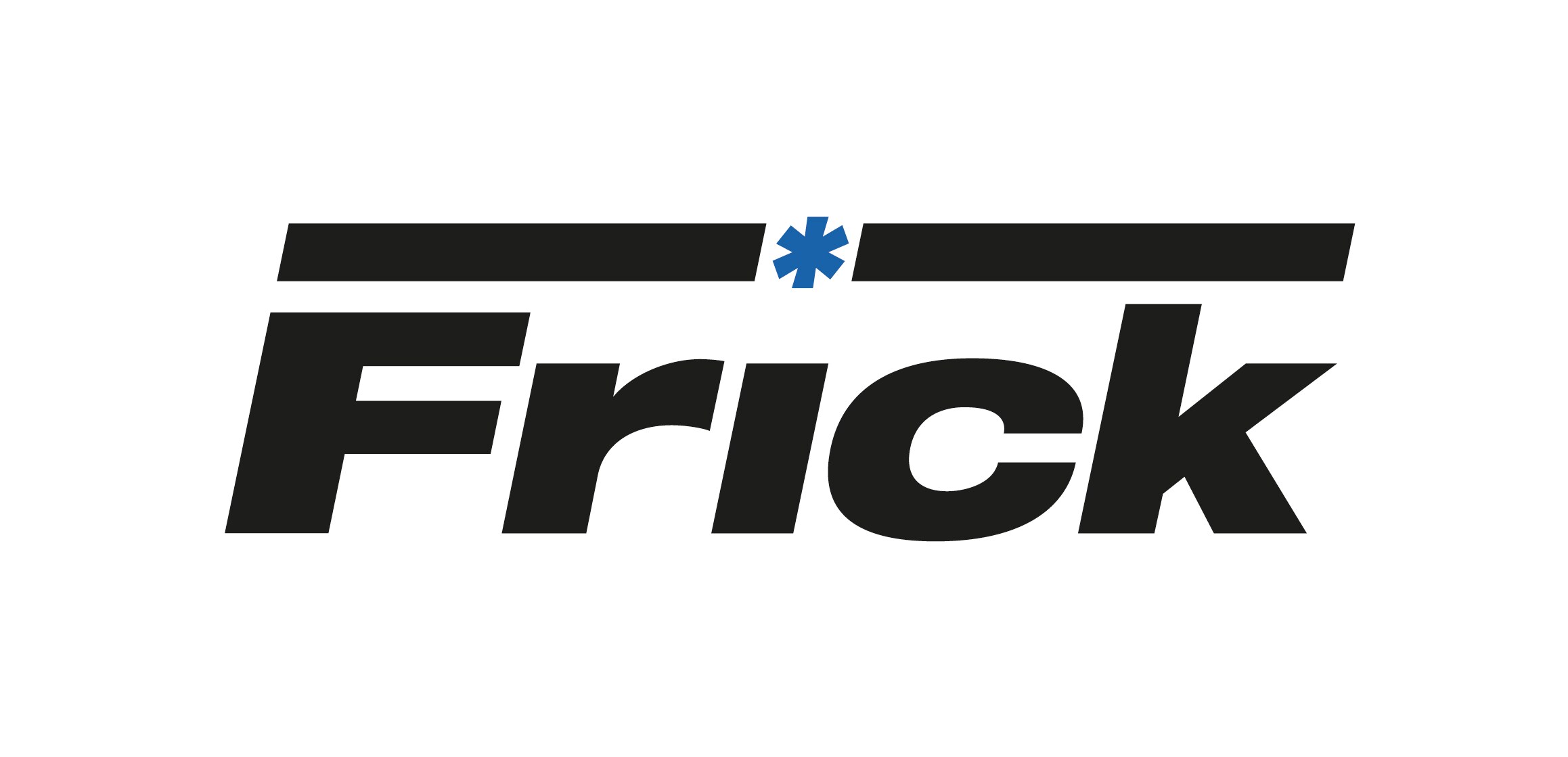



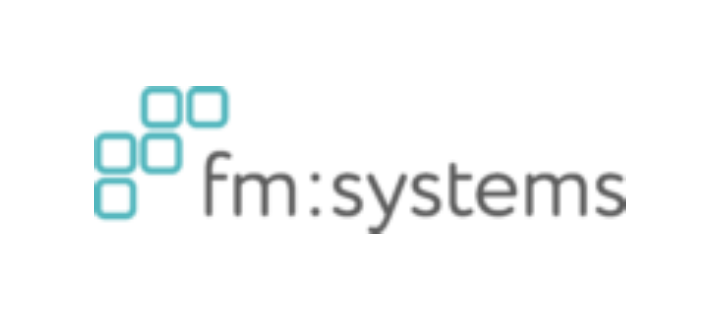



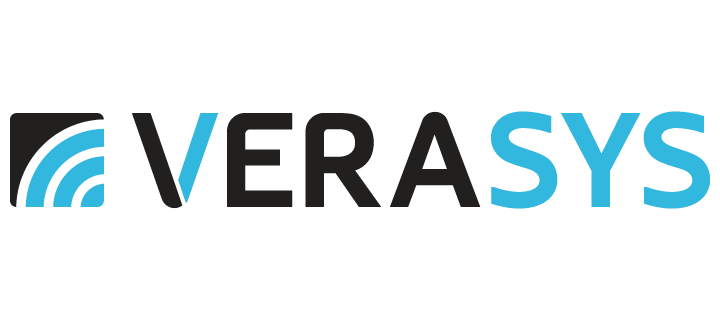
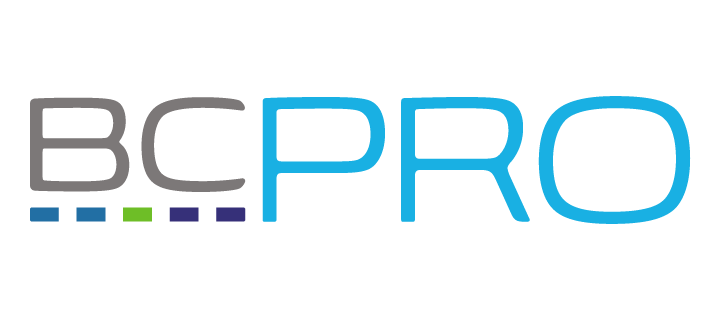
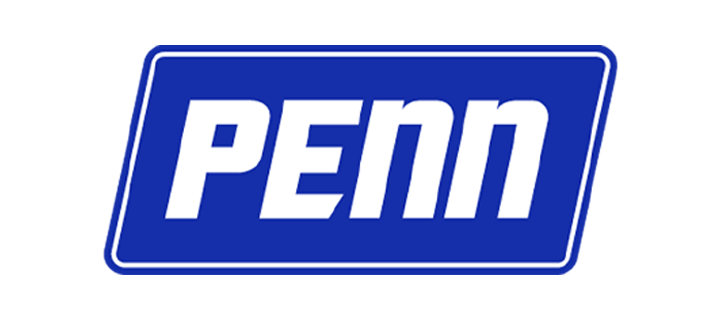

.jpg?la=en&h=320&w=720&hash=244C75B74F0F77521D56164450973BCD)
